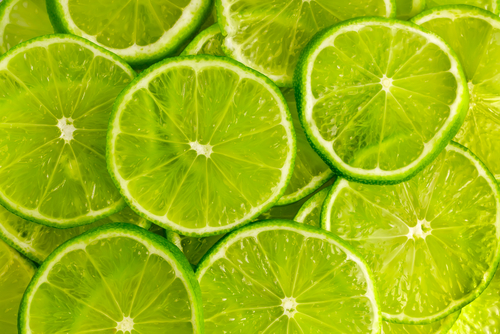 My first inkling of the Great American Lime Crisis of 2014 came when I ordered a vodka tonic in Washington, D.C., recently. I didn’t think much about it when my server told me the restaurant was out of limes and offered to garnish my drink with a lemon instead (pass). But when the same thing happened at a bar in Manhattan a few days later, I wondered what was up.
My first inkling of the Great American Lime Crisis of 2014 came when I ordered a vodka tonic in Washington, D.C., recently. I didn’t think much about it when my server told me the restaurant was out of limes and offered to garnish my drink with a lemon instead (pass). But when the same thing happened at a bar in Manhattan a few days later, I wondered what was up.
Limes were suddenly scarce and expensive everywhere, my chatty bartender told me. Something to do with a drug war down in Mexico, she thought, or maybe bad weather—or both.
Sure enough, the New York Times confirms the crisis:
A sudden and unprecedented shortage of limes has sent nationwide wholesale prices soaring from around $25 for a 40-pound carton in early February to more than $100 today. … Mexico is now the world’s largest producer and exporter of limes, and provides some 95 percent of United States supplies. Generally, the lime harvest is smaller and prices are higher from January through March, but in November and December severe rains knocked the blossoms off lime trees in many areas, reducing lime exports to the United States by two-thirds. California, with just 373 acres, is now the largest domestic lime source—but it produces less than 1 percent of national consumption, and its season is late summer and fall, so it’s no help right now.
My bartender was also right that cartels are playing a role—”criminals who may be linked to drug gangs are plundering fruit from groves and hijacking trucks,” as theTimes put it—and so is a bacterial disease that kills citrus trees, which has spread across many of Mexico’s lime-growing districts. (It’s called “greening” and has also infected Florida orange groves.)
Because I’m an environmental journalist, I naturally wondered if there might also be a connection to climate change—because when it comes to severe weather and disease, there often is nowadays. Chipotle, in fact, recently cited global warming as a potential threat to its guacamole, though the concern there is mostly over the impact of drought and warmer temps on avocados, not limes.
Short answer: no one has established a link yet, but certainly the lime shortage/price spike is exactly the kind of thing that experts are worried about as the atmosphere becomes more volatile, making agriculture less predictable than ever.
After my friendly bartender offered me another replacement lemon (pass again), she lamented that her own favorite cocktail, the margarita, had suddenly become an endangered species. Lime juice—real lime juice, I’ll pass on the Rose’s Lime mix, thank you—is a key ingredient in any good margarita (along with mojitos and mai tais); the bartender had tried a few lime-less varieties the night before, she said, and none made the cut.
So if anyone out there has a recipe for good lime-free margaritas, it sounds like there’s a fortune to be made. Cinco de Mayo is fast approaching, after all, and bars around the country are worried that one of their biggest days of the year could be spoiled. I don’t think anyone’s going to cancel the holiday just yet, but the lime crisis could be yet another reminder that our warming world means a lot more lemons than lemonade.

